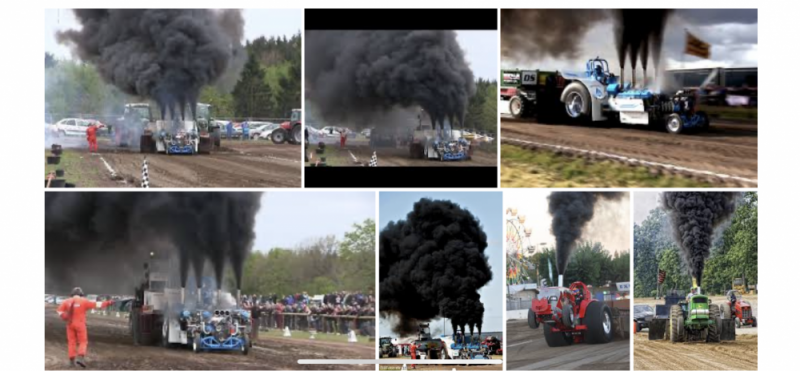schiker
Well-Known Member
Episode 11 now it's getting a lot more interesting to me. This episode starts to be more similar to a 6.5 build IMO. Now at the end of 11 and what will be 12 he is finally pushing past the easy bolt-on stuff and easy tuning of adding more fuel and needs to start looking at the rest of the package and hot rod more things.
With the new 50 over injectors (is that 0.050 over? in orifice size?), it looked like the quicker shot of diesel actually dosed the combustion a bit to retard the timing of cylinder pressure peak.
He talks about the timing at TDC and no mechanical advantage to make torque. I did not hear much about how hard it was on the main webs, piston, and connecting rods to do this for no gain. (Which I'd like to tangent off later on comparing to a 6.5)
With the new 50 over injectors (is that 0.050 over? in orifice size?), it looked like the quicker shot of diesel actually dosed the combustion a bit to retard the timing of cylinder pressure peak.
He talks about the timing at TDC and no mechanical advantage to make torque. I did not hear much about how hard it was on the main webs, piston, and connecting rods to do this for no gain. (Which I'd like to tangent off later on comparing to a 6.5)
Last edited:

